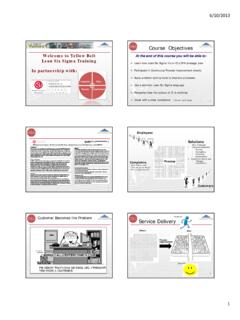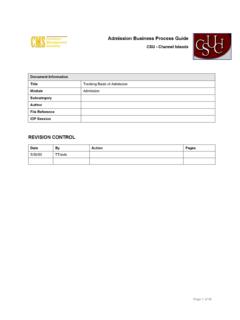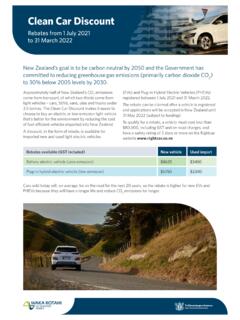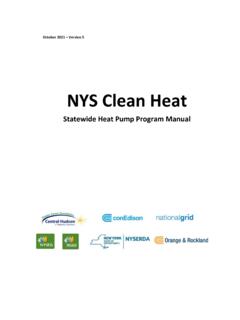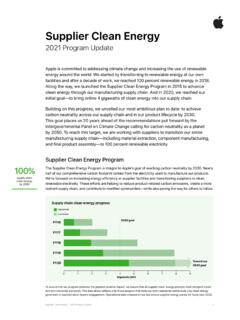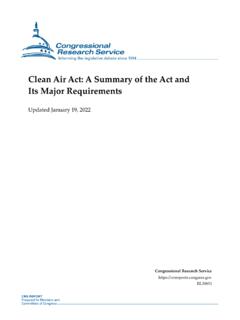Transcription of CLEAN UP PROCEDURE FOR BIRD DROPPINGS
1 WRK Rev. 10/26/2010 ENVIRONMENT, SAFETY, RISK MANAGEMENT CLEAN UP PROCEDURE FOR BIRD DROPPINGS This PROCEDURE is for large amounts of concentrated bird DROPPINGS , , as occurs under swallow nests. RULES Only healthy (not immune-compromised) individuals may perform CLEAN ups. Do not create and inhale dust from bird DROPPINGS . No dry sweeping or dry CLEAN up. No eating, drinking or smoking during CLEAN up. Consult supervisor before CLEAN up inside occupied buildings, in enclosed spaces, or near building ventilation systems. Do not handle dead birds or bats treat as if contaminated with disease. PROCEDURE 1) Wear protective clothing. Rubber or disposable booties and gloves must be worn.
2 In addition a disposable dust respirator must be worn. 2) Do not create dust. Apply a spray solution of soapy water to DROPPINGS before and during CLEAN up to prevent the formation of airborne dust. Continue wetting DROPPINGS throughout the CLEAN up. 3) Place DROPPINGS in plastic bag and double bag when finished. 4) CLEAN up is done when there is no visible dust or debris remaining. 5) Tools, rubber boots, rubber gloves or other contaminated items that will be reused must be cleaned with a 10% bleach solution. Do this before removing your dust respirator. 6) After CLEAN up put disposable protective clothing into the plastic bag. Remove the dust respirator last. 7) Dispose of double bagged DROPPINGS and disposable clothing in outdoor trash.
3 SPECIAL SITUATIONS In certain situations it is important to take special care not to spread spores and bacteria. This is true if CLEAN up is inside buildings, near ventilation systems, or in areas that are occupied by children. In critical areas ( in a children s play area) after the area is cleaned and no visible evidence remains, the area can be further disinfected with a 10% bleach solution. If the CLEAN up is big and the area to be cleaned is in an enclosed space with little or no ventilation, contact your supervisor or Environment, Safety and Risk Management. Further measures to ensure your safety may be necessary.
